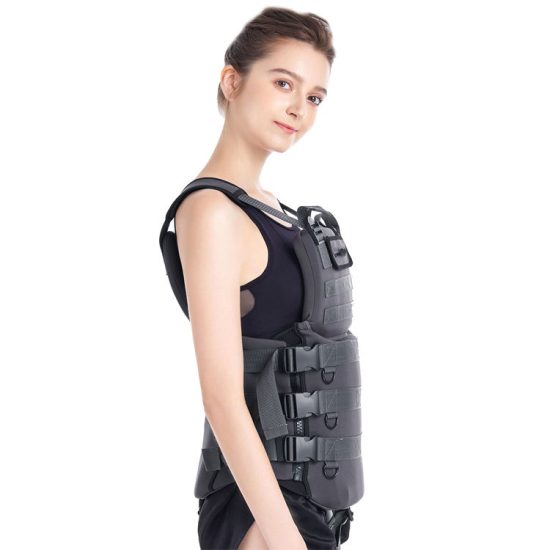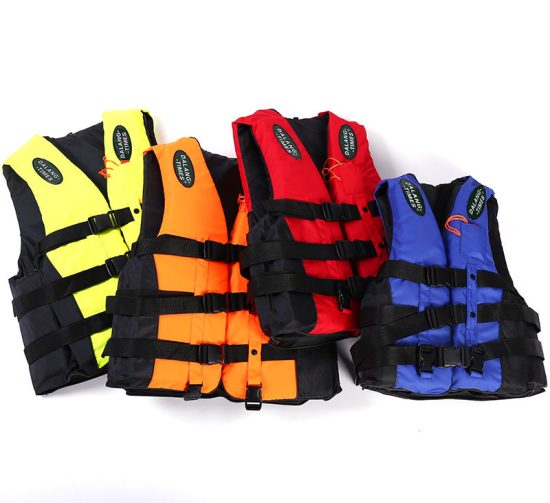**1. Choose the Right Type: There are different types of life jackets designed for various water activities. Make sure you select the appropriate type based on your specific needs, such as boating, kayaking, or sailing.
**2. Proper Fit: A life jacket must fit snugly to be effective. Ensure that it is neither too loose nor too tight. Check the sizing chart provided by the manufacturer and try on the life jacket before use.
**3. Check for Damage: Regularly inspect your life jacket for any signs of wear, tear, or damage. Pay attention to straps, buckles, and the overall integrity of the flotation material. Replace any damaged life jackets immediately.
**4. Wear it Properly: Fasten all straps and zippers according to the manufacturer’s instructions. The life jacket should cover your chest and upper torso. Avoid wearing it upside down or with straps dangling.
**5. Educate Passengers: If you’re responsible for others on a boat, make sure they are also wearing properly fitted life jackets. Educate everyone on the importance of wearing life jackets and how to use them.
**6. Children and Weak Swimmers: Children and weak swimmers should always wear life jackets near or in the water. Ensure that the life jacket is appropriate for the child’s weight and size.
**7. Follow Regulations: Be aware of and comply with local boating and water safety regulations. In many places, wearing a life jacket is mandatory, especially on small boats.
**8. Emergency Features: Familiarize yourself with any additional features on the life jacket, such as whistles, lights, or reflective strips. These can be crucial in emergencies for attracting attention.
**9. Practice Water Safety: Life jackets are an important part of water safety, but they are not a substitute for other safety practices. Follow all recommended safety guidelines for the specific water activity you are participating in.
**10. Teach Swimming Skills: While life jackets provide crucial safety, knowing how to swim is an additional layer of protection. Encourage everyone to learn basic swimming skills.
**11. Be Weather-Aware: Keep an eye on weather conditions before heading out on the water. Rough seas, strong winds, or storms can increase the risk of accidents, making life jackets even more essential.
**12. Proper Storage: Store your life jackets in a cool, dry place when not in use. Avoid exposing them to direct sunlight for extended periods, as this can damage the materials.
Remember, the primary goal of a life jacket is to save lives, so it’s essential to prioritize safety and follow best practices when using them.


